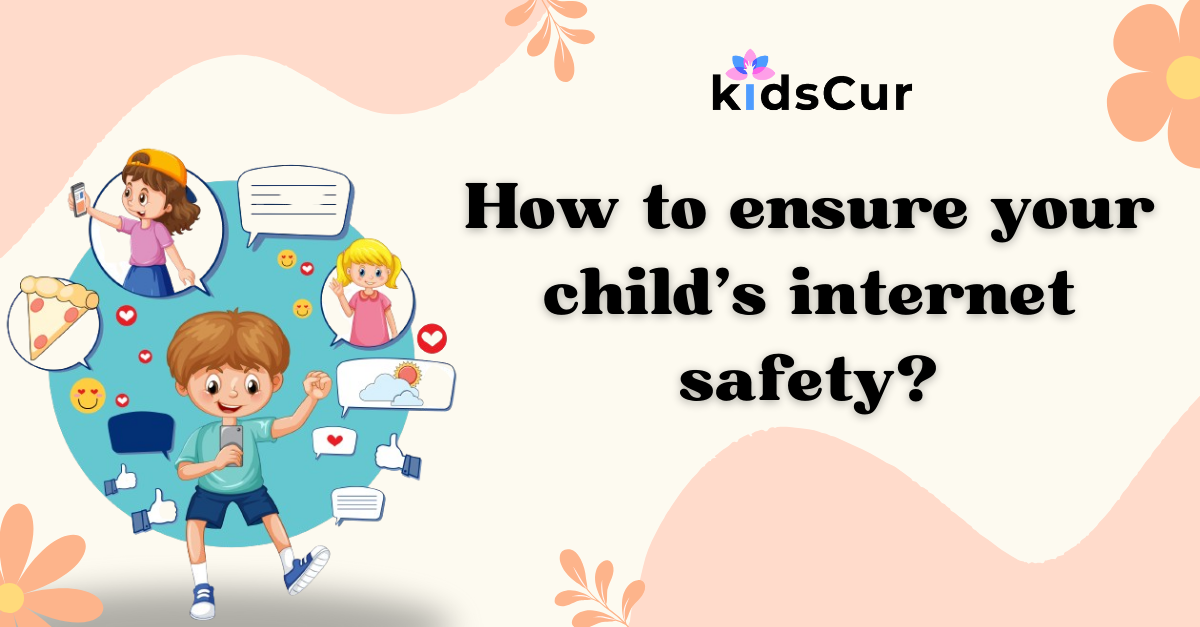The Internet is a fantastic learning and entertainment resource. Still, it’s essential to know the potential dangers lurking online. As your little one grows, tracking the latest trends and how we can protect our children from online risks is challenging. As a parent, we know your child’s safety is your top priority.
To ensure your child’s safety online, there are some steps you can take
Communication
Talk it out
Regularly talk to your child about their online activities. Ask them about their favorite websites, games, and apps. This builds trust and opens communication channels.
Discuss potential dangers
Explain online threats like cyberbullying, inappropriate content, and online predators. Use age-appropriate language and examples to illustrate these dangers.
Privacy Matters
Discuss the importance of privacy online. Explain how information shared online can be permanent and accessible to others.
Parental Controls and Monitoring
Setting Boundaries
Utilize parental controls on devices and internet browsers. Restrict access to websites with inappropriate content or apps that don’t align with your child’s age.
Keeping an Eye
Monitor your child’s online activity without invading their privacy. Review their browsing history occasionally and check their social media accounts (with their permission). This can help you identify potential problems early on.
Privacy and Security
Privacy Settings
Together, go through your child’s social media accounts and set strict privacy settings. Limit who can see their profile, posts, and friend lists.
Strong Passwords
Teach your child the importance of strong, unique passwords. Encourage them to combine upper- and lower-case letters, numbers, and symbols. Consider using a password manager to help them create and store strong passwords for different accounts.
Safe Browsing
Install reputable antivirus software on your child’s devices. This protects them from malware (malicious software) and phishing scams (attempts to steal personal information).
Empowering Your Child
Be Wary of Strangers
Explain why being cautious when interacting with strangers online is essential. Please encourage them to avoid sharing personal information like their address, phone number, or school name.
Think Before You Click
Teach your child to be critical of information found online. Discuss the dangers of clicking suspicious links or downloading attachments from unknown sources.
Open communication is vital
Most importantly, create a safe space where your child feels comfortable coming to you with any concerns they might have online. Let them know they can talk to you if they encounter something uncomfortable, are being bullied, or simply need help navigating the online world.
Conclusion
Remember, online safety is an ongoing conversation. As your child grows and explores different online platforms, adapt your approach and continue to educate them about online safety practices. You can help ensure your child’s internet safety by implementing these steps. It’s important to understand that spending time online comes with risks, including cyberbullying, online abuse, exploitation, and viewing potentially harmful content. As parents, we can recognize these risks and take steps to prevent them. Share this blog with someone you care about. Read this article to learn more about how to ensure cyberbullying prevention for your child.



